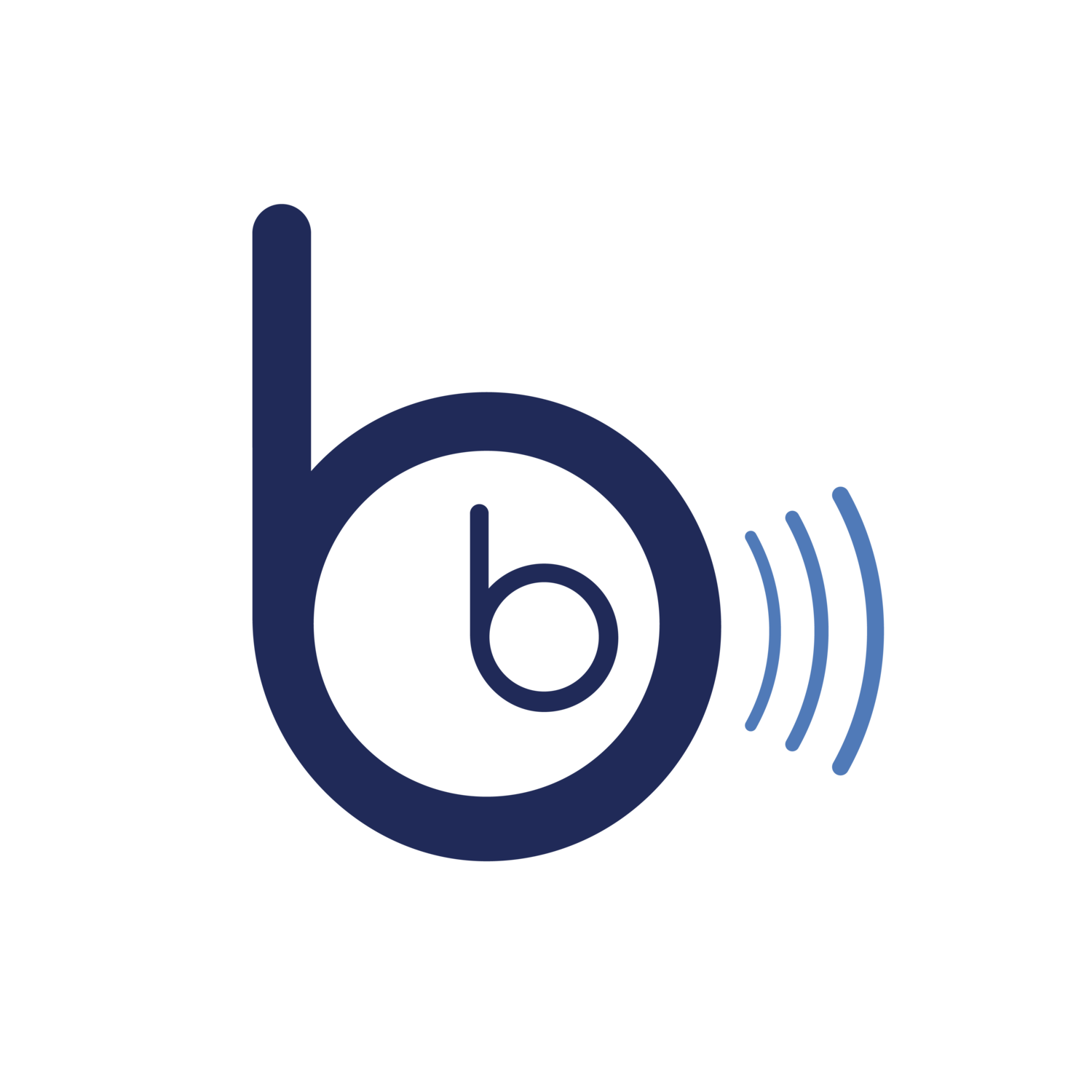Fetal Echo Exam Tips
Stressing about the Fetal Echo Exam (FE)? We got you covered. The FE exam can be taken under one of two types: Registered Medical Diagnostic Sonographer (RDMS) or the Registered Diagnostic Cardiac Sonographer (RDCS). With over 1,000 sonographers taking the exam yearly, competition continues to rise as well as the difficulty of the exam itself. So what can you do to best prepare?
Here are four tips to help you prepare:
1. Obtain the best study materials
As you may have already noticed, there are too many different resources to count online. But,two top study resources for the FE exam are the Fetal Echocardiography books by Julia A. Drose and taking the Fetal Echocardiography online course at The Burwin Institute of Diagnostic Medical Ultrasound. These provide a multidisciplinary approach to fetal cardiac ultrasound. Both provide specific big picture ideas and common pitfalls in scanning and making recommendations. Becca Atkinson, a sonographer at BB Imaging stated "these provide the clearest images and practice questions extremely similar to the actual exam." Online reviews show, these two sources have received 4.5 out of 5 stars consistently.
2. Pace yourself
Similar to other national examination, dedicating time to study is crucial. Sonographer Melissa Mercado, recommends 30-minutes per day preparing for the examination on a daily basis to ensure you don't burn out but get the job done.
Pacing is important because it ensures that such important knowledge remains in your working memory rather than your short-term memory. These skills are extremely applicable because sonographers use them in daily practice of the job. Whether it is creating "old school" flashcards or using digital animations to visualize the material, being consistent and dedicated is really beneficial to your success on this exam. As the national average for scores on this exam have gotten higher, it is important to also maintain a consistent score on practice exams. Taking a practice exam at least once a week for a month before you decide to take the exam is a great way to gain confidence and become familiar with the material.
3. Pay for A PeEk
Purchase the study package from The American Registry for Diagnostic Medical Sonography. The pack has several practice exam questions that are identical to the actual exam. This means you will have a better guage of the level of difficulty for the real deal.
4. Think outside the box
Critical reasoning and analytical skills are important for this exam because of the variation in types of questions presented. BB Imaging sonographers Kathy Kice and Tori Veloz mentioned that ‘many questions on the actual exam ask more than one question.’ Is this a trick? Not really. Multi-level questions test your ability to remain focused and synthesize multiple pieces of information (which is typical for sonographers) in the real world. Focusing on truly understanding the material versus memorizing the information will allow you to move though multi-level questions and be a better sonographer overall.
Following the registry you will unfortunately have to wait for your results, there is no instant gratification on this one. But regardless of outcome, preparation for the registry should arm you with more tools to be a better OB sonographer now or to sit for the registry more successfully next time.

